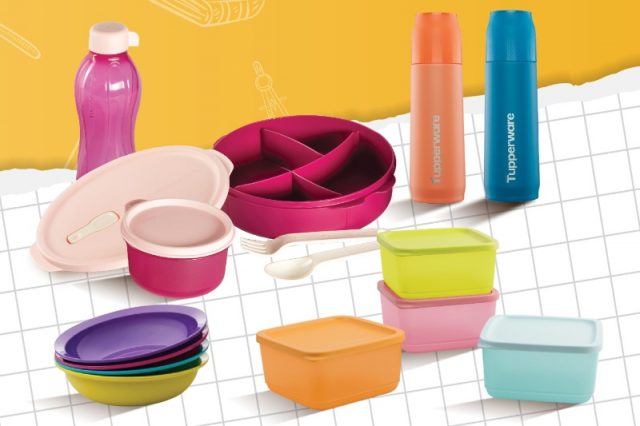Tupperware Brands TUP.N filed for bankruptcy protection on Tuesday, after years of struggling with poor demand for its food storage containers and rising financial losses.
READ: Tupperware files for bankruptcy as its colorful containers lose relevance
Here’s a look at some of the key moments in the journey of the brand that was once the mainstay of American kitchens:
1940’s
The company is named after chemist Earl Tupper, who invented the plastic containers from waste polyethylene slag generated from the oil refining process at DuPont’s factory.
Mass-produced in myriad colors after the Great Depression to help war-weary families save money on food waste, the designs do not sell at department stores.
Brownie Wise, an advice columnist, collaborates with Tupper to shift to a “party plan” marketing strategy by holding Patio Parties where she recruited women to sell for her, according to Smithsonian Magazine.
Wise’s strategy boosts Tupperware’s popularity. One woman she recruited sells 56 bowls in one week, according to the magazine.
1950’s
Wise, the creator of the Tupperware party, is made vice-president of marketing for Tupperware Parties Inc.
Tupper patents the “Tupper Seal”, which refers to the airtight and leak-proof nature of its container lids that kept food leftovers fresh.
However, in 1958 after gaining success, Tupper decides to sell the business to Rexall Drugs, now Dart Industries, for $16 million and fired Wise.
1960’s
Tupperware’s new owner expands the business to Europe, Central and South America, which quickly accelerates its overseas, often through in-person sales techniques like Tupperware parties.
1970s
The company branches out to make different containers and also entered the toy market.
Tupperware came to be best-known for the Shape-O Toy, a bright plastic ball with cutouts that correspond to yellow plastic shapes. The colorful plaything is still sold, according to food blog Chowhound.
Sales exceeds half a billion in 1976, according to Encyclopedia website.
1980s
Founder Tupper dies in 1983 and several of Tupperware’s patents expire.
Several rivals from off-brand plastic food storage containers to major players like Rubbermade and Glad enter the market with cheaper alternatives to Tupperware.
Its sales and profit start to slip, also because of a labor problem stemming from women joining the workforce, limiting their time to attend parties.
In 1986, Dart Industries and Kraft Inc. split, reversing their 1980 merger, making Tupperware a part of a new company, Premark International. It refreshes products to include Sandwich Keeper and Lunch ‘N Bags sets.
1990s
Sales in the U.S. declined even though international business grew. Rick Goings, executive at direct sales leader Avon, took over as president in 1992.
The company moves into direct mail, sending out unsolicited catalogs in 1992 in a bid to cut costs and step up recruiting efforts for sales.
Profits improve through the mid-1990s, partly due to massive product innovation between 1994 and 1996, according to the Encyclopedia website.
In May 1996, Premark spun off Tupperware, which then listed on the New York Stock Exchange as an independent public company.
2000s
Business slows and the company forges a deal with Target Corp, allowing the retail chain to sell its plastic containers in its U.S. stores in 2002.
2020s
Tupperware enjoys a resurgence in sales and popularity during the pandemic as more Americans returned to cooking at home amid travel curbs.
But as the restrictions eased, the company’s margins take a blow from a spike in costs tied to raw materials as well as labor and freight.
The business take a further hit from a proliferation of free restaurant to-go boxes after a pandemic-era carryout orders and a rise in competition from Newell Brands, which makes Rubbermaid, FoodSaver and Ball glass jars and Clorox’s GladWare.
The company’s stock slumps in 2023 as it raises going-concern doubts, delays annual report and breaches credit obligations.
The stock gets caught in “meme stock” frenzy, where retail investors coordinate on social media and focus their bets on struggling companies with high short interest.
In September, Bloomberg News reports that the company is preparing to file for bankruptcy. A day later, it files for bankruptcy protection, but said it would continue to sell products during the proceedings.
—Reporting by Savyata Mishra in Bengaluru; Editing by Arun Koyyur









